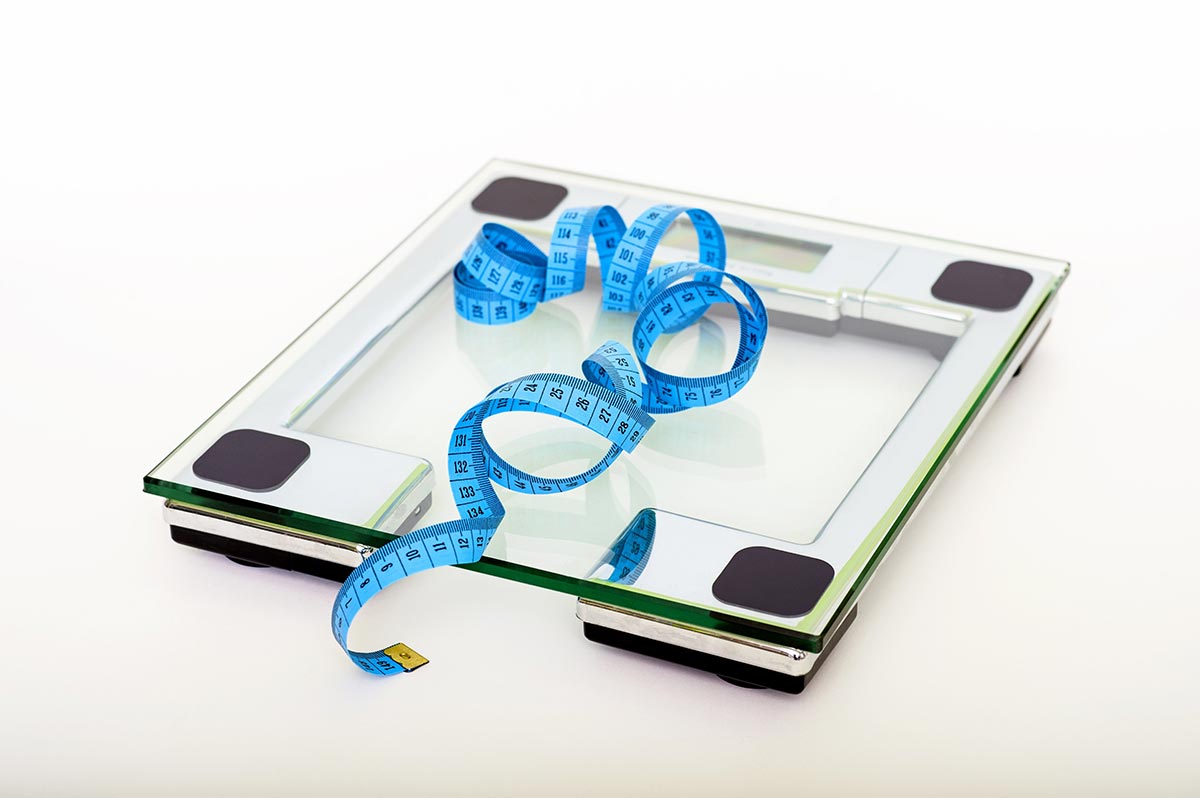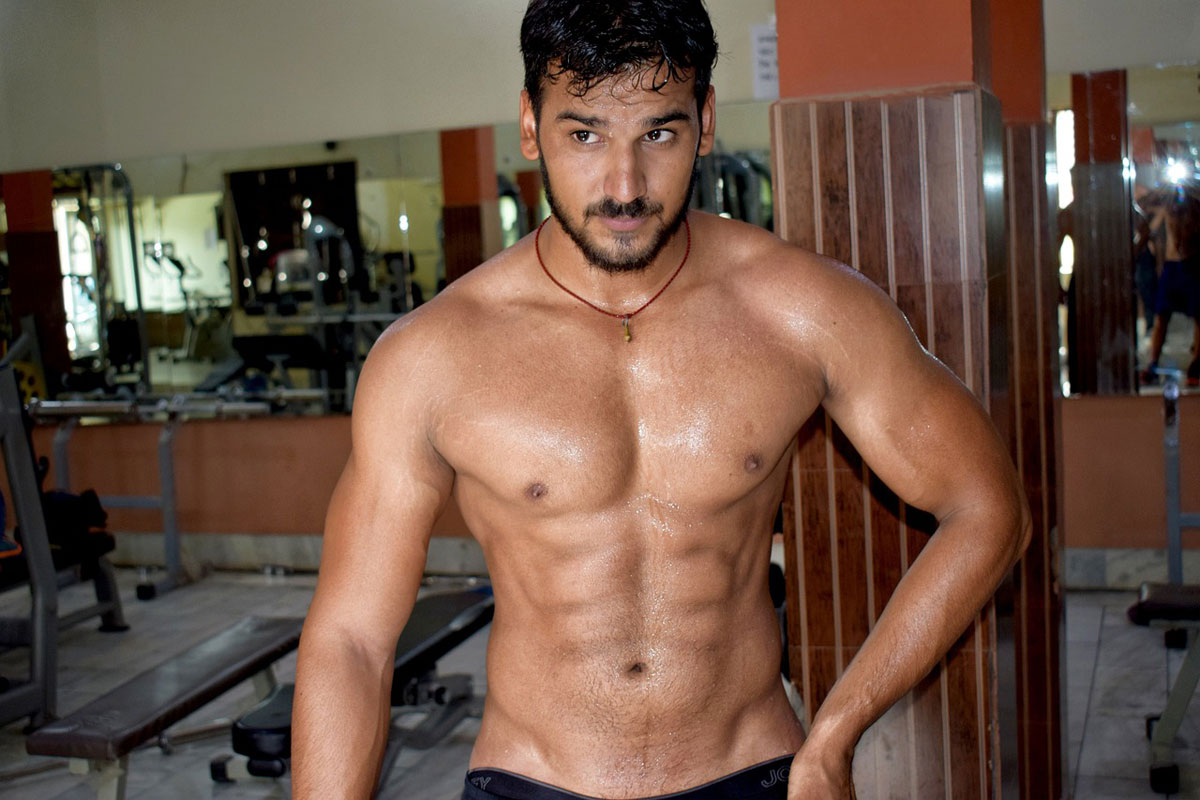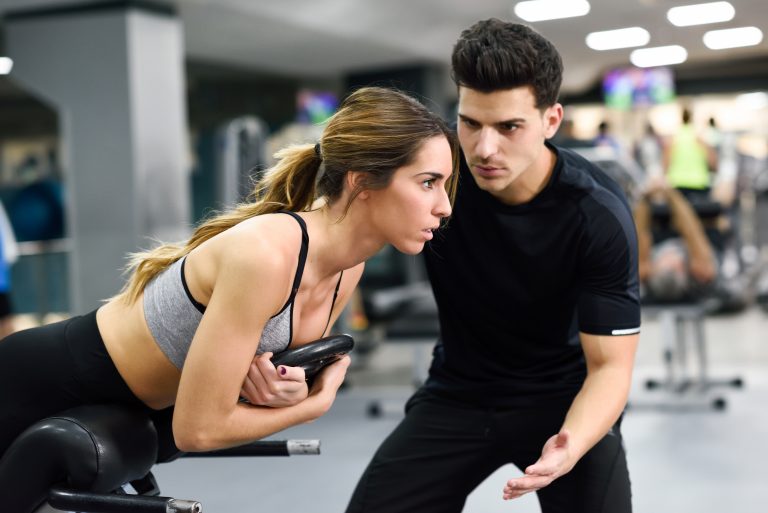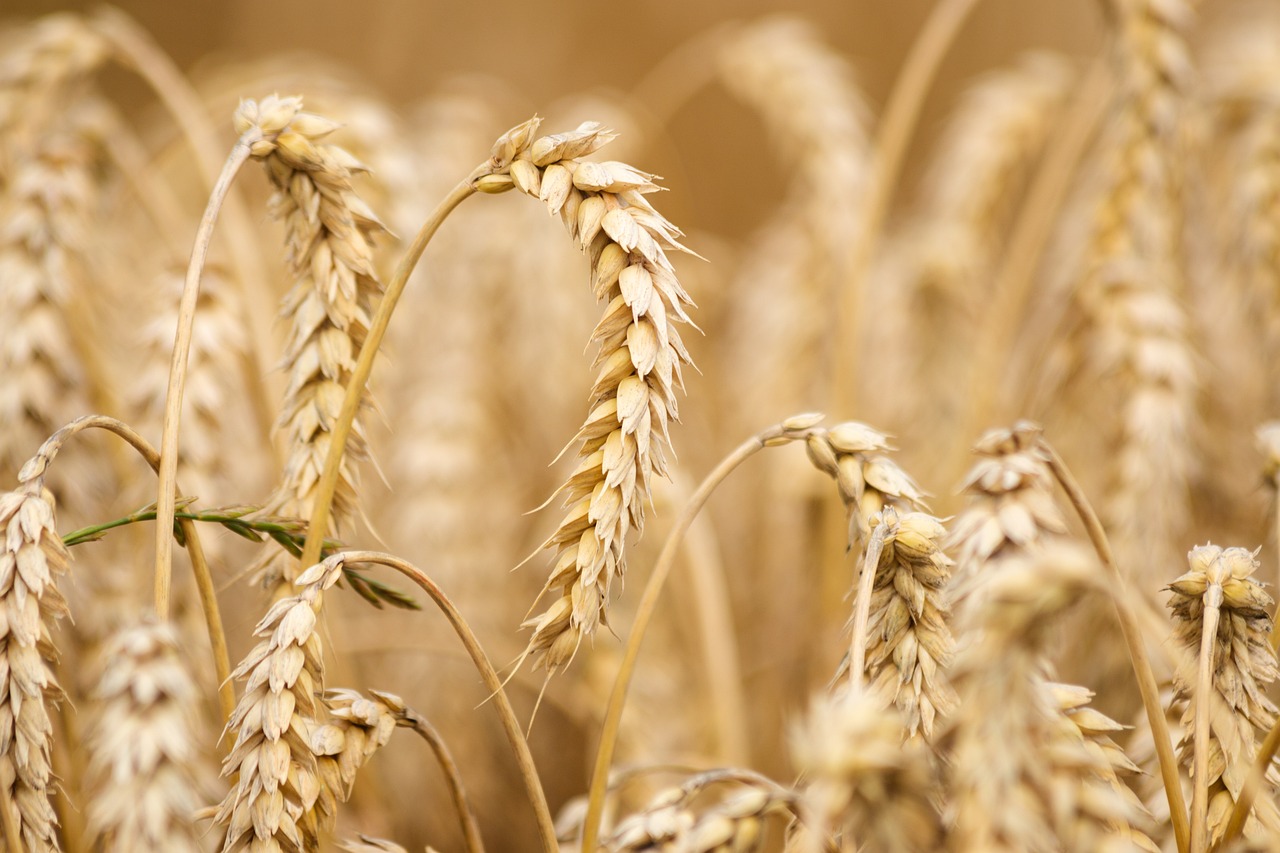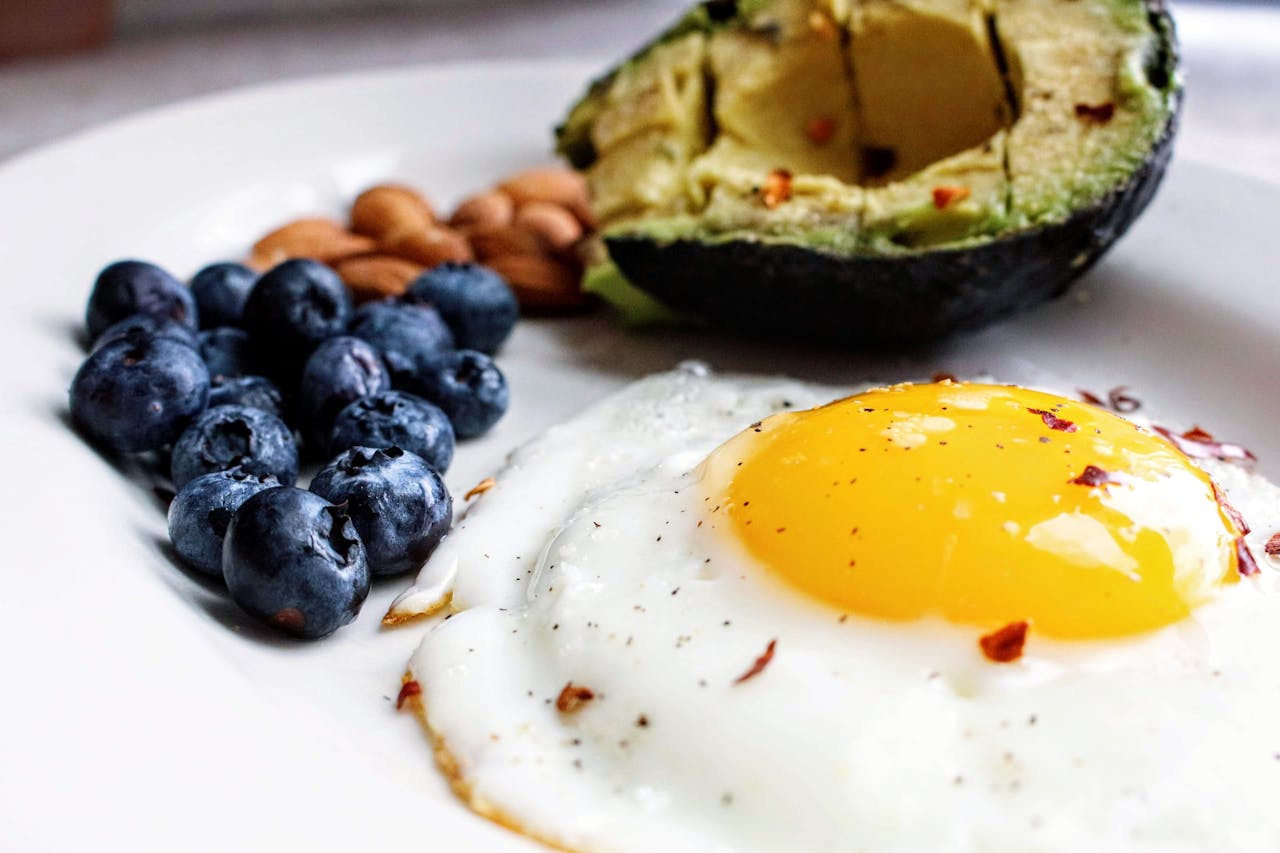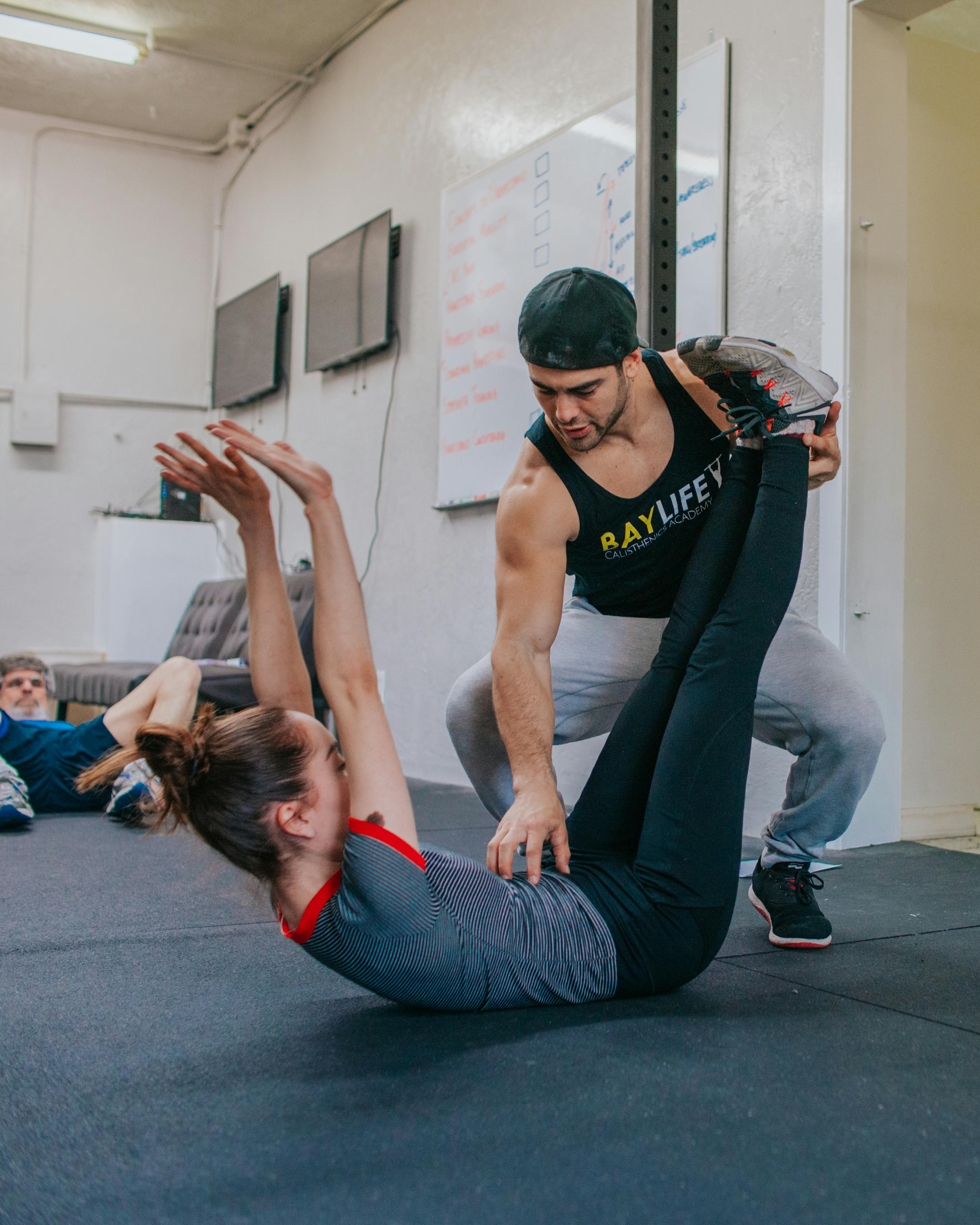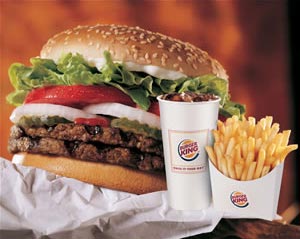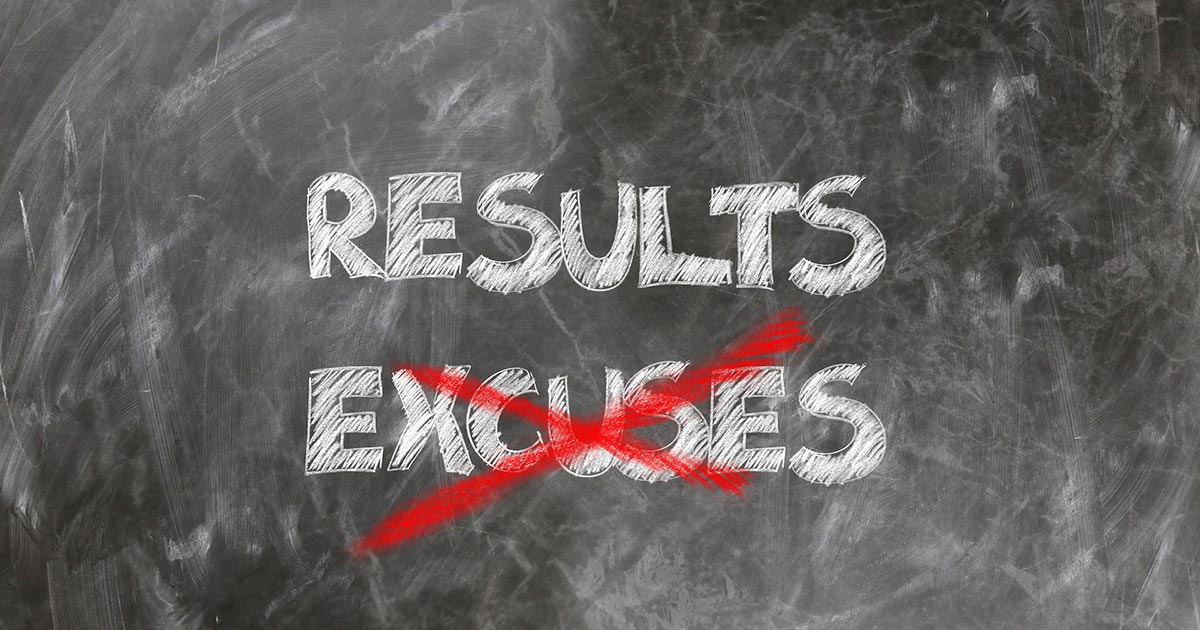Statins: Savior or Saboteur of Performance?
If you're serious about training and also happen to be prescribed statins, you might be wondering whether your cholesterol meds are quietly stealing your gains. Spoiler: they might be. While statins are lifesavers for millions, for athletes, they can also be sneaky performance saboteurs.
We're not here to demonize them—statins have a solid place in cardiovascular protection. But when your weekly schedule involves heavy squats, HIIT, or triathlon prep, there are a few muscular side-effects worth knowing before you sprint straight into trouble. (This article is editorial in nature and does not constitute medical advice. Always consult a physician for any health-related concerns, whether psychological or physical.
The Muscle Mystery: From Soreness to Breakdown
Let's get one thing straight: the most common complaint among statin users isn't some esoteric biochemical concern. It's muscle pain. Dull aches. Weakness. Fatigue that doesn’t match the workout. Sound familiar? This isn't just anecdotal gym talk. Recent meta-analyses confirm that athletes and physically active individuals are more prone to statin-associated muscle symptoms (SAMS).
The intensity of your workouts can amplify the problem. While most cases involve mild discomfort, rare but serious complications like rhabdomyolysis—a dangerous muscle breakdown syndrome—can occur, especially when high-dose statins are mixed with extreme training. The muscle isn't just sore. It's under siege.
The Q10 Dilemma: Running on Empty?
Statins don’t just lower cholesterol. They also reduce the body’s production of Coenzyme Q10 (ubiquinone), a compound essential for mitochondrial energy production. In gym speak: Q10 helps your muscles fire properly. Lower Q10 can mean quicker fatigue, longer recovery, and reduced output. Several studies suggest that supplementing with Q10 may help mitigate these effects, though clinical consensus remains elusive.
Still, some athletes report subjective improvements in energy and recovery with Q10 doses around 100–200 mg per day. Is it placebo? Maybe. But when your deadlift feels 20 kilos heavier than usual, even placebo might be worth a shot.
Statin Sensitivity: Some Molecules Play Nicer Than Others
Not all statins are created equal, at least not when it comes to muscle tolerance. Simvastatin, for instance, has a higher likelihood of muscle complaints compared to others. Newer-generation statins like rosuvastatin and pravastatin are often better tolerated in athletic individuals. Their pharmacokinetics differ, with reduced muscle penetration and lower interference with energy metabolism. If you're experiencing symptoms, a statin switch—under medical supervision—could be the difference between hitting PRs and skipping leg day indefinitely.
Fitness Doesn’t Cancel Your Genes
Before you toss your pills and pledge allegiance to broccoli and burpees, let’s talk risk. If you’re genetically predisposed to high LDL cholesterol or have a family history of heart disease, statins might be non-negotiable. Even if you’ve got a six-pack and a VO2 max that rivals a cheetah, arterial plaque doesn’t care. In such cases, statins can literally save lives. The key is balance: protecting your heart without compromising your muscles—or your motivation to train.
Training Smarter on Statins
It’s not all doom and doms. There are strategies to stay strong and statin-safe. First, ramp up training intensity slowly, especially when starting or adjusting doses. Second, listen to your body. If you're aching more than usual or losing power, don’t push through blindly. Muscle biopsies aren’t part of anyone’s dream routine.
Third, be mindful of interactions. Some foods, like grapefruit, can interfere with statin metabolism, potentially raising the risk of side effects. And finally, discuss alternatives with your physician. Sometimes a lower dose, a different statin, or even intermittent dosing can keep your heart healthy without draining your strength.
Natural Alternatives: Friend or Fantasy?
For those dead set on ditching statins, lifestyle and natural supplements often come into focus. Red yeast rice, omega-3 fatty acids, and plant sterols have shown modest LDL-lowering effects. However, they're not one-size-fits-all—and certainly not as potent as prescription statins. The question isn’t whether they work. It’s whether they work enough for your risk profile.
Some newer studies suggest promising roles for bergamot extract and policosanol, but again—these are tools, not miracles. If your doctor says statins are essential, swapping them for salad and supplements without a plan is more gamble than gain.
The Verdict: Know Your Body, Know Your Risk
Statins aren’t evil. But for athletes, they come with caveats. Muscle symptoms, performance dips, and Q10 depletion are all very real concerns—especially when you're pushing your body beyond average limits. The solution isn’t to panic, but to personalize.
Track your symptoms. Measure your progress. Ask about switching formulations. Supplement smartly if needed. And never underestimate the power of a nuanced conversation with your healthcare provider. Your muscles—and your arteries—will thank you.
This article is editorial in nature and does not constitute medical advice. Always consult a physician for any health-related concerns, whether psychological or physical.
Thompson PD et al. Statin-associated myopathy. JAMA. 2022. This article specifically addresses statin-associated myopathy (SAM), a condition characterized by muscle symptoms in individuals taking statins. It likely delves into the spectrum of muscle issues, ranging from mild myalgia to severe rhabdomyolysis. The paper might discuss the incidence, risk factors, and potential mechanisms behind statin-associated muscle symptoms. Given the journal, it likely provides a comprehensive overview relevant to clinicians managing patients on statins.
Marcoff L, Thompson PD. The role of coenzyme Q10 in statin-associated myopathy: a systematic review. Journal of the American College of Cardiology. 2023. This study specifically examines the potential role of coenzyme Q10 (CoQ10) in statin-associated myopathy. Statins are known to reduce CoQ10 levels, which has led to the hypothesis that this reduction contributes to muscle symptoms. A systematic review would analyze existing research to determine if CoQ10 supplementation is beneficial in preventing or treating statin-associated myopathy. The findings of this review would be particularly relevant for athletes experiencing muscle issues while on statins, as CoQ10 is involved in muscle energy production.
Stroes ES et al. Statin-associated muscle symptoms: impact on athletic performance. Clinical Lipidology. 2023. This paper directly addresses the impact of statin-associated muscle symptoms (SAMS) on athletic performance. It would likely explore how muscle pain, weakness, or fatigue related to statin use can affect an athlete's ability to train and compete. The article might discuss the challenges of managing high cholesterol in athletes who require statins while trying to maintain peak physical condition. It could also touch upon strategies for mitigating SAMS in this specific population.
Ward NC et al. Nutraceuticals and cholesterol lowering: A meta-analysis of randomized controlled trials. American Journal of Clinical Nutrition. 2024. While not directly focused on statins or athletes, this meta-analysis on nutraceuticals and cholesterol lowering is relevant. It explores alternative, non-statin approaches to managing cholesterol levels using natural compounds. This could be important for athletes who cannot tolerate statins, as it might offer insights into other ways to manage their lipid profiles. The paper would analyze the effectiveness of various nutraceuticals in lowering cholesterol based on randomized controlled trials.
In summary, these sources cover various aspects of statin use, including intolerance, muscle-related side effects, the potential role of CoQ10, the specific impact on athletic performance, and alternative cholesterol-lowering strategies. They would likely provide valuable information for understanding the complexities of statin therapy in athletes and the management of associated issues.

